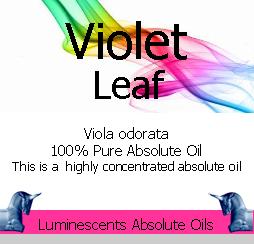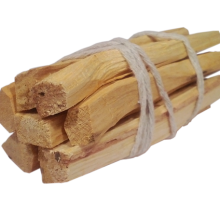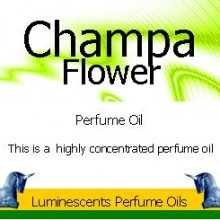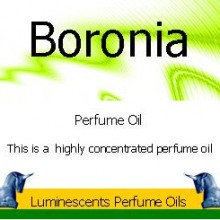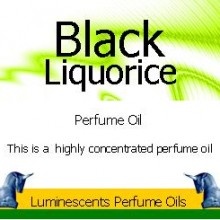Violets , the leaves from which this Violet Leaf Absolute Oil is extracted, have heart shaped leaves often with scalloped or slightly serrated edges which are dark green, smooth or sometimes downy underneath, and grow in a rosette at the base of the plant. Roots are creeping and send out runners. Depending on soil and light the flowers may be from deep purple or blue to pinkish or even yellow whitish. All have 5 petals, which may have a yellow (fur) or beard on the inside of two of the petals, blooming from March to June. Gather flowers in full bloom, leaves anytime, and rootstock in the autumn.
Traditional Uses for Violet Leaf Absolute Oil:-
Violet Leaf is well respected as having relaxing, soothing, and inspiring properties. It can be used for bronchitis, stress headaches, nervousness, insomnia, rheumatism, poor circulation, and sore throats. It is used within the perfume industry but not for its aroma, more for its fixative properties.
Violet Leaf Absolute Oil Blends Well With:-
Violet Leaf generally blends well with other essential oils and is perfect as a fixative. Specific pairings include Tuberose, oils from the floral family, Clary Sage, Lavender, Benzoin, Cumin, Basil, oils from the citrus family, Sandalwood, Geranium, and oils from the spice family.
History:-
The Ancient Greeks considered the Violet a symbol of fertility and love, they used it in love potions. Pliny recommended that a garland of them be worn about the head to ward off headaches and dizzy spells.
Traditionally, the Violet was the real flower of Valentine’s Day, not the Rose. Valentine was persecuted by a Roman Emperor who imprisoned him. In prison, Valentine would crush the Violet flowers growing outside to make into an ink for writing on the leaves to his friends. A dove collected these messages. He was executed on 14 February 269 AD.
In Hindu mythology, the Violet symbolises the phallus of the god, Siva.
Ancient Britons used Sweet Violets as cosmetics. The Romans made a wine from the flowers, and placed Violets on the graves of children. Pliny suggested wearing a garland of Sweet Violets around the head to dispel wine fumes and clear headache. He also prescribed Violets for gout and spleen problems.
To the Victorians, the plant symbolised faithfulness and love. In a tenth century herbal, Violet was said to be powerful against wicked spirits. Medieval Christians believed Violets bowed their heads in shame at what mankind had done to Christ and were no longer upright plants after the shadow of the Cross fell on them at Calvary. This may explain why Sweet Violets were sometimes used in Good Friday rituals. Very high in vitamin C. in olden days the flowers were boiled and mixed with milk, rice, flour and honey to make “cakes”.

